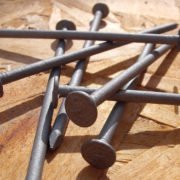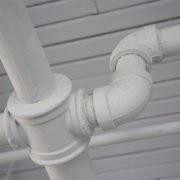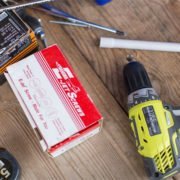Common trap: People who don’t know they need building consents
Common trap: People who don’t know they need building consents
This month I’d like to talk about building consents, because it’s such a common trap that I see people unwittingly fall into all the time.
This is especially true around winter time when people put insulation into their walls, assuming that will be fine. But in actual fact, you need to get a building consent before you can carry out any work for an external or internal wall functioning as a fire separation wall.
Too often I’ve met people who have cheerfully told me that they had insulation installed into their floors, ceilings and walls so that the house would be warmer. I’ve then had to tell them that installing insulation into the walls does not comply with the Building Act.
If you’re planning any construction activity for your property I strongly advise you seek advice as to whether a Building Consent is required. This may include plumbing and drainage, heating (fireplaces), air conditioning systems, swimming pool fences, or any other additions or alterations. Failing to comply with the appropriate Building Codes and Local Territorial Authority (Council) District Plans, may cause difficulty in selling a property in the future. Insurance companies may be unwilling to insure your house, or you could get locked into a dispute with them if there’s any damage. The worst case scenario would be the council requiring the non-compliant work to be removed.
In case you’re wondering, here are some instances where you do not need a building consent.
If there is any doubt, I suggest you seek clarification and confirmation before any work is carried out. Licensed building practitioners can be prosecuted for carrying out restricted building works without a building consent.
You can’t apply for a building consent retrospectively (although in some circumstances you may be able to apply for a certificate of acceptance or COA).
It would be far easier to get it right at the start to make to process of selling your home easier for you, your solicitor, and the real estate agent. Selling you home can be a stressful enough time without the unneeded issues of having to deal with non-consented works.
Needing a Property Inspection?
We offer detailed and thorough property inspections with a same-day turnaround!












